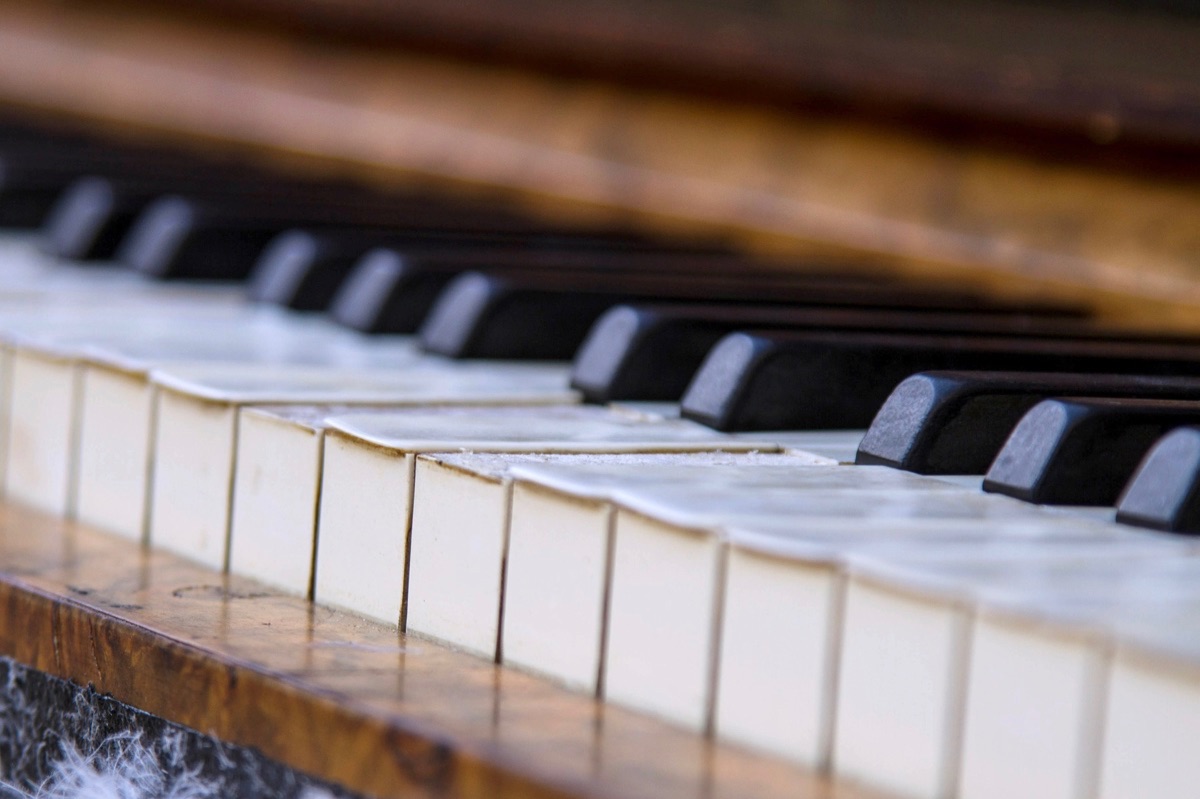
How to Read Piano Chords?
Maybe you had a look at a chord chart and could not figure out what those letters mean. Or maybe you have learned how to read sheet music, but did not have an idea how to read a chord chart, just like me. In any case, I want to give you some useful pointers to help your budding musician get started.
What is a chord?
A chord is two or more notes played together at the same time. We recognize major and minor chords.
What is a Major Chord?
A major chord sounds happy and cheerful. It consists of the root, which is the 1st degree, the 3rd and the 5th degree of a scale. Take the chord C. It is made of C-E-G, the degrees 1-3-5 of the C Major scale. The chord can also be inverted. C chord in its original form, C-E-G, can be inverted to E-G-C, or to G-C-E.
C: C-E-G
G: G-B-D
D: D-F#-A
A: A-C#-E
E: E-G#-B
B: B-D#-F#
F#: F#-A#-C#
C#: C#-E#-G#
Ab: Ab-C-Eb
Eb: Eb-G-Bb
Bb: Bb-D-F
F: F-A-C
What is a Minor Chord?
A minor chord has the chord name followed by a lower case m (like Cm), and it has a gloomy and sad sound. If you are looking for the tones of any minor chord, take the major chord with the same name and lower the 3rd degree by a semitone (move it to the closest lower key). If you are looking for the tones of Cm, take the C major chord (C-E-G), and lower the tone E. You will get C-Eb-G.
Cm: C-Eb-G
Gm: G-Bb-D
Dm: D-F-A
Am: A-C-E
Em: E-G-B
Bm: B-D-F#
F#m: F#-A-C#
C#m: C#-E-G#
Abm: Ab-Cb-Eb
Ebm: Eb-Gb-Bb
Bbm: Bb-Db-F
Fm: F-Ab-C
What does a chord chart look like?
Now that you know what a chord is, how do you play a chord chart? Let’s use the song Oh When the Saints Go Marching In as an example.
The letters underneath certain words represent the chords.
How to play a chord chart?
While looking at the song above, play the chord written below the word. You will play C chord underneath the word saints. Then, you will not play another chord until the G chord underneath the word in. This is the basics of playing a chord chart. To make the song sound more interesting, you can play each chord in these different variations:
- the chord in the right hand, and a single root tone in the left hand. (e.g. C for C chord, G for G chord)
- the chord in the right hand and an octave (same note just 8 notes apart, like C and C) in the left hand.
- a broken chord – for C chord it is still C-E-G, but instead of playing the notes at the same time, they are played one at a time.
- the normal chord in the right hand and a broken chord in the left hand.
- the melody in the right hand while playing the chord in the left hand.
For a more detailed guide explaining how to put these techniques into practice, read our article 4 techniques to play piano chords. You will find song examples here, illustrating each style.
Of course as you learn to play the piano and get more used to seeing chord charts, you will figure out that there is so much more you can do with it. You will also learn that there are several other chords like augmented, diminished, 7th, suspended, and more. Keep things simple at first and play around different songs.
Which piano/keyboard should I buy?
If you have not quite figured out which keyboard you should buy, I recommend Yamaha YPG-235 to start with. (I have the same one at home.) This keyboard comes with headphones, a music stand, pedal, and a bench. If you need other recommendations, check out my site. Might you prefer a piano, you can find really great ones at your local music stores or on Craigslist. Whether you decide to go the digital route, or rather invest into an upright piano, the choice is all yours.
